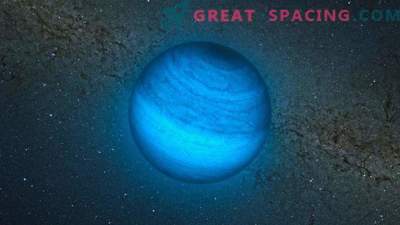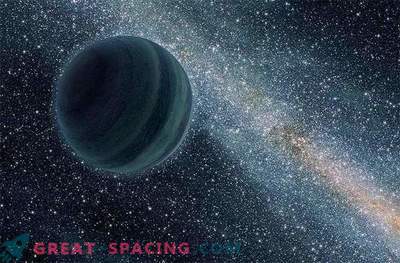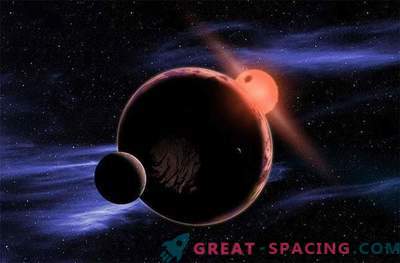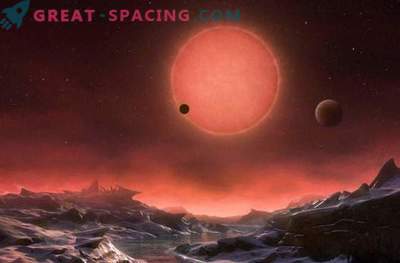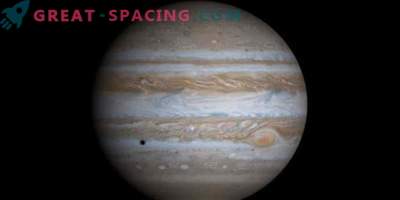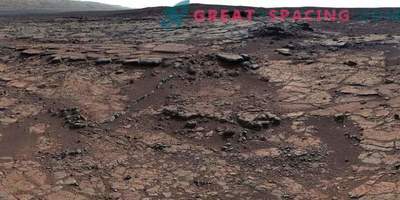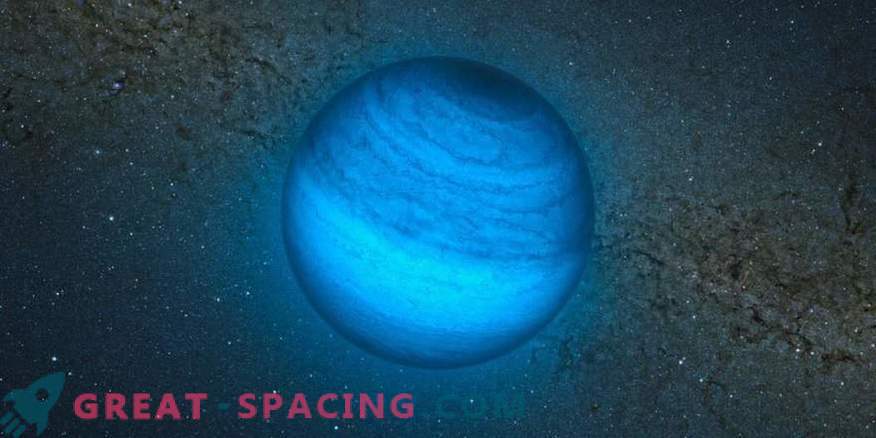
The artistic vision of the recently found orphan planet CFBDSIR2149, only 100 light years away from Earth.
In outer space, you can find worlds that freely wander around the galaxy and are not tied to stars. But it is surprising that such planets may have chances of having life!
Rogue Planets
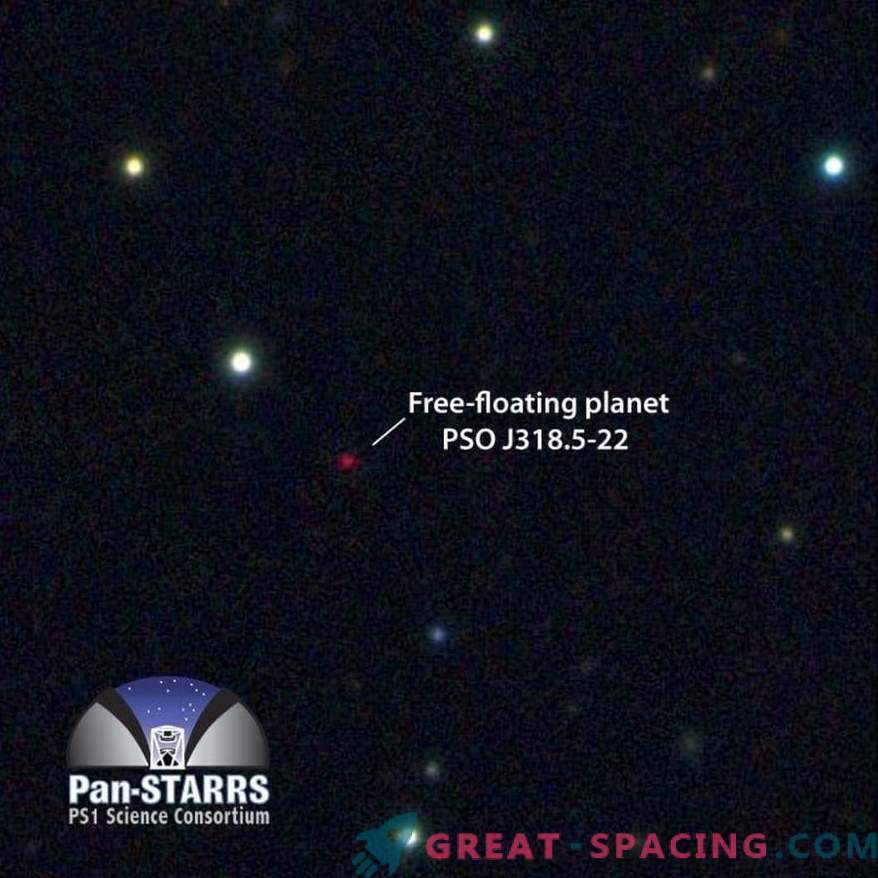
The multicolor image from the Pan-STARRS1 telescope shows the planet PSO J318.5-22 freely floating in space, located in the constellation Capricorn. This is a very cold and dim world, whose brightness is 100 billion times weaker in optical light than Venus indicators. Most of the energy of the planet is emitted in the infrared.
Such worlds are called vagrants, rogues, wanderers and orphans. These objects in size and shape resemble the planets, which, in fact, are. However, they do not observe any gravitational binding to the star.
The rogue planets can be located in the galaxy, revolving around the nucleus. Or they belong to the category of intergalactic planets that are not tied to anything at all. Most scientists are convinced that orphaned planets cannot form on their own. Most likely, they arise according to the standard scheme together with a star. Then a catastrophic event (the explosion of a star or a collision with another planet) pushes them out of the limits of the native star system. Having lost gravity binding, worlds go on a journey until they join another star.
Life Chances
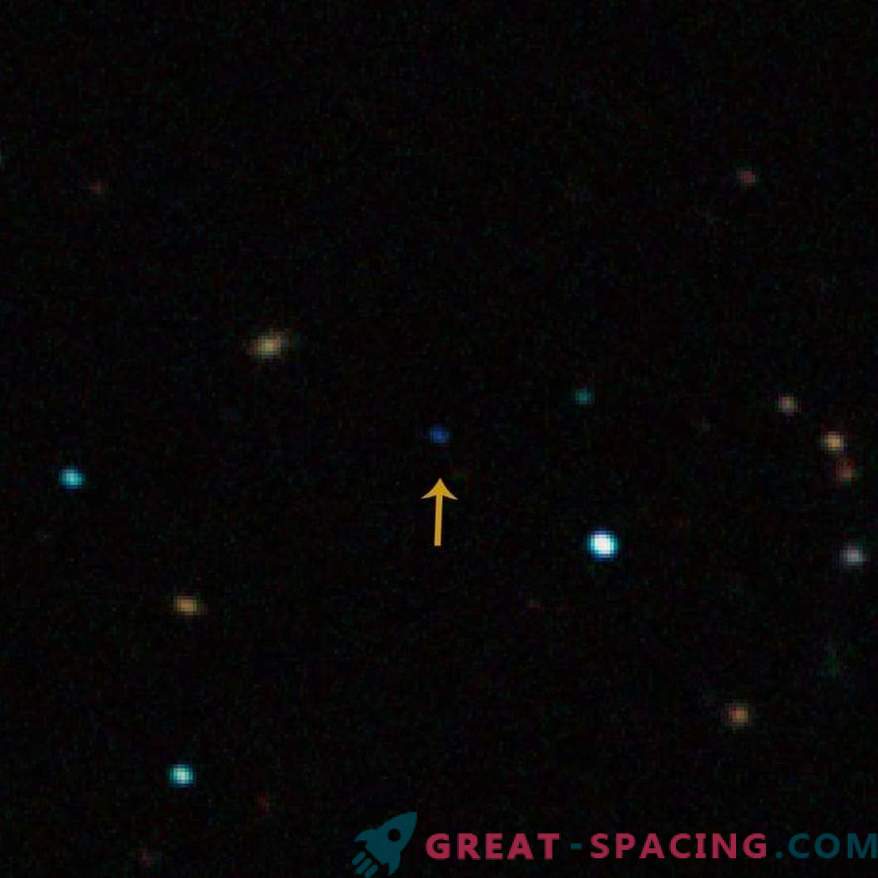
See the faint blue dot near the center of the photo? This is an image of the free-floating planet CFBDSIR2149 captured in infrared NTT (New Technology Telescope) in Chile.
A recent study presented the argument that life could develop on such planets. And it seems strange, because the main energy source for the Earth is the sun. If there is no star at all, then how to survive? Let's look at the arguments of the theory:
- Hydrogen retains heat. If there is no star nearby, then the world is not irradiated with ultraviolet rays, which allows an Earth-like planet to keep the atmosphere with a predominance of hydrogen. It is believed that under certain conditions the atmosphere is able to retain heat and even forms liquid oceans on the surface.
- Life on satellites. There are chances that the orphan planets surround themselves with a rich satellite family, like the situation on Jupiter. The gas giant of the solar system affects tidal forces on the formation of the subsurface ocean on the satellite of Europe. The same process is possible with rogue planets. If you add possible volcanism on the seabed and hydrothermal vents, then the moons can become the origin of life.
- Geological activity. Many planets have satellites. If a collision occurred in which the planet was pushed out of its native star system, then the moon could have flown with it. Computer models show a 5% chance of implementing this scenario. Between the planet and the satellite, “contact through tidal forces” is maintained, which maintains geological activity on the planet.
Postscript
Researchers have a hard time arguing about this topic, because rogue planets are hard to find in the darkness of space. However, if they are capable of supporting life, then this increases the chances of detecting alien organisms.
